Why the Leica Monochrom CCD is the most relevant camera even today:
With a camera one could follow two philosophies.
- The camera should make life easy for the photographer:
- It should pre empt mistakes
- Be forgiving if you still go ahead and make mistakes
- Allow a lot of leeway when shooting in terms of functionalities, customizations and personalization
- Allow the photographer to shoot multiple genres with ease and adapt well to the requirements of each genre.
- The camera should be rigid:
- Force the photographer to focus and master certain specific genres
- Be unforgiving and amplify mistakes so that the photographer is conscious not to make those mistakes next time.
- Not allow any customization so that the photographer gets the basics right every time in a prescribed way.
- Force the photographer to focus only on getting the essentials right for making a picture and not worry about other distractions.
Most camera manufacturers today have moved to the former philosophy in the quest for market share and popularity. Leica still (at least with their M series) has stuck to the latter.
The first Monochrom launched by Leica in 2012 is a prime example of the latter. It is a camera which was launched for a particular set of people who primarily or only shot black and white. It is also a camera which, in a lot of ways, restricts the genres of photography you shoot.
In the days of film black and white was very popular. Also:
- Film was unforgiving, if you got exposure wrong.
- It had minimal leeway in terms of dynamic range and ability to push and pull shadows and highlights during developing or printing.
- Most films had visible grain at or above ISO 400.
- The maximum ISO was around 3200 and you could push those by 1 or 2 stops.
- There was no way to figure what you shot till you at least got the film developed.
The Leica Monochrom with a CCD sensor was an embodiment of film shooting. The limitations of CCD sensors fitted perfectly to mold a camera which was exactly like shooting black and white film.
- The camera has a very narrow dynamic range.
- Highlights are blown very easily and pushing and pulling in post are limited.
- It starts showing grains at ISO 400 but the grain looks very organic and film like rather than resemble digital noise seen in color sensors.
- Maximum ISO is 10000.
- It has one of the worst LCDs for a digital camera and is hardly helpful in determining the quality of the picture. This discouraged the habit of chimping.
In its limitations the Monochrom forces you to get better as a photographer. Apart from the points above it hardly has any customizations and all you have to play with are aperture (on the lens), shutter speed (maxing out at 4000), ISO and exposure compensation.
The camera forces you to become better at guessing exposure in different lighting conditions. You will become an expert at using exposure compensation in trick lighting conditions. You will learn how to observe light and use light to your advantage. The Rangefinder focusing mechanism will make you an expert at manual focusing. You will get better at composition. Your ability to see contrast to isolate the subject will improve.
After using the Monochrom you will find yourself at ease with other cameras and you would have transformed. Of course, this is provided you don’t get frustrated with the Monochrom in a few weeks and sell it off.
The files of the Monochrom are flat. This is great as you can give the files any look that you desire. You can emulate film looks with low or high contrast. It also makes you good at editing.
The Leica Monochrom CCD is probably the most relevant digital camera ever made. No wonder it sells even today for about 50% of its original cost in 2012. Do you know any digital camera which has held its value like that?
Here is a wedding I shot with the monochrom: https://thirdeyestudio.net/album/arpita-and-vijay-texas-wedding/
Here is a blog on shooting weddings with only Leica Gear: http://www.mirrorlessness.com/blogs/leica-for-weddings/
Leave a Reply
You must be logged in to post a comment.


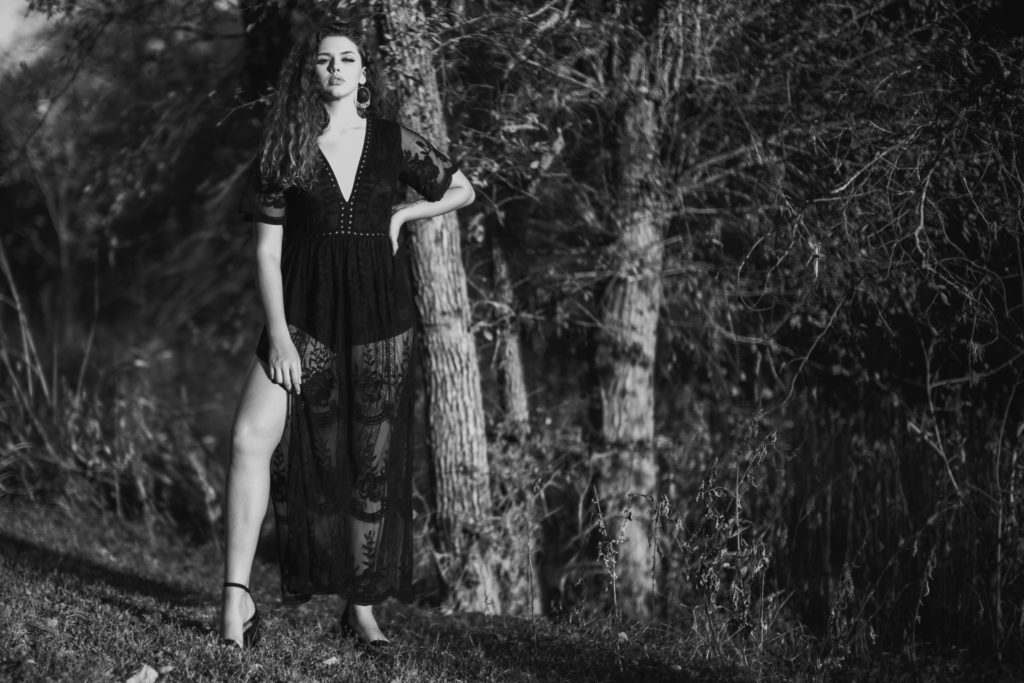
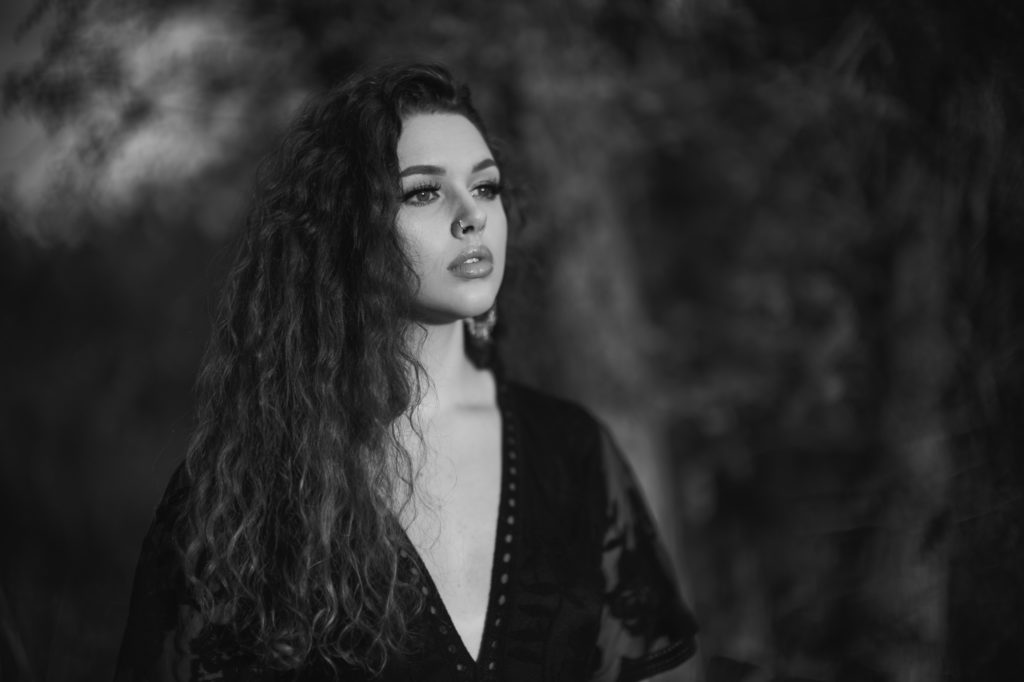
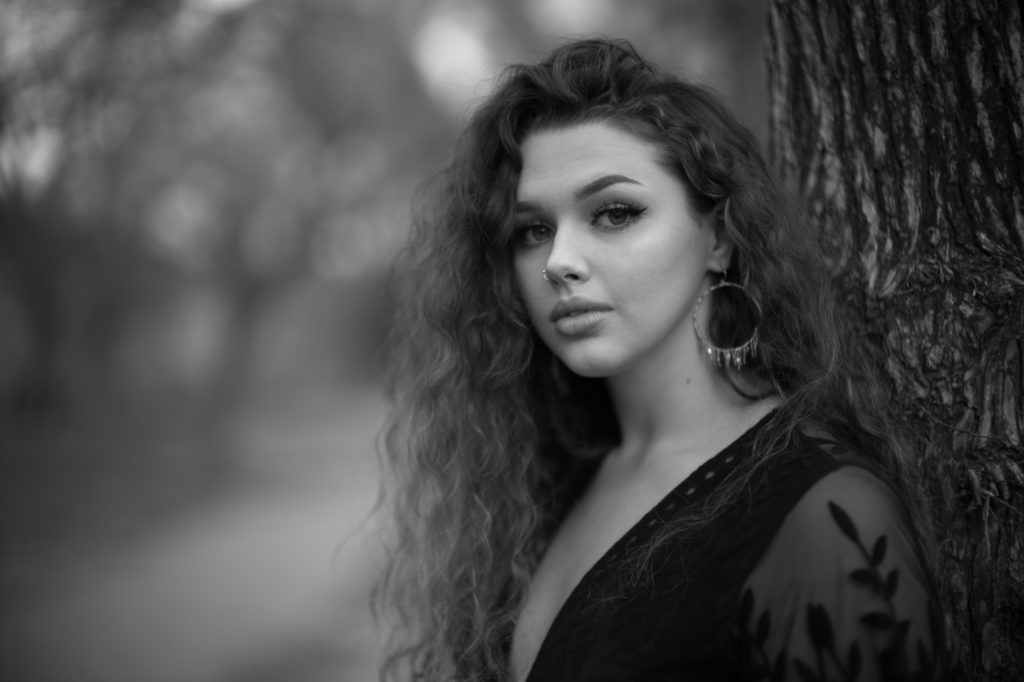
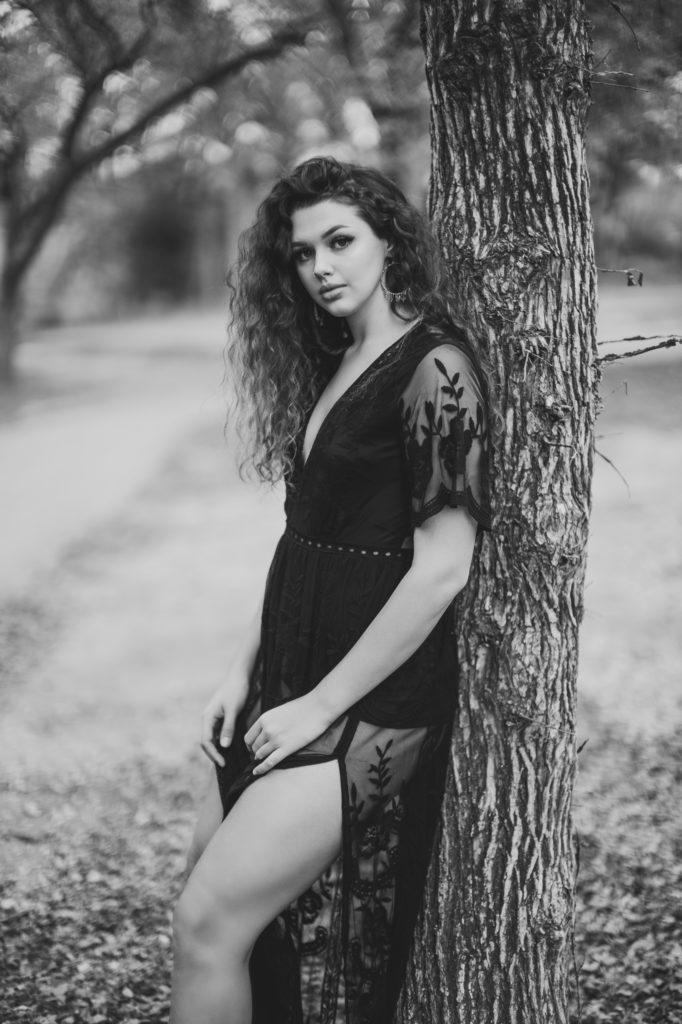
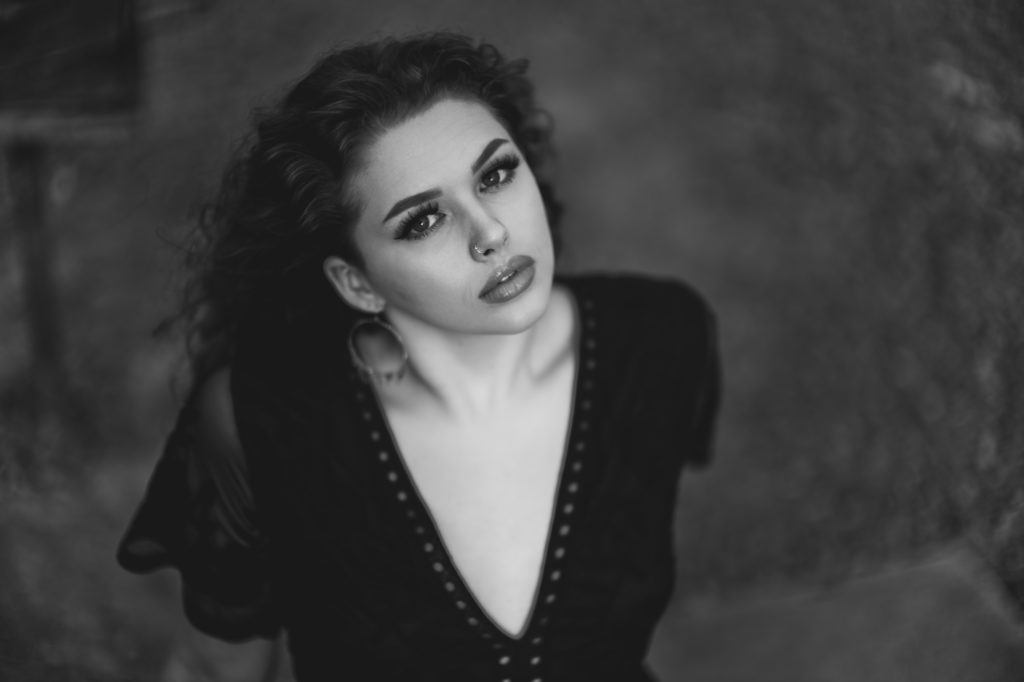
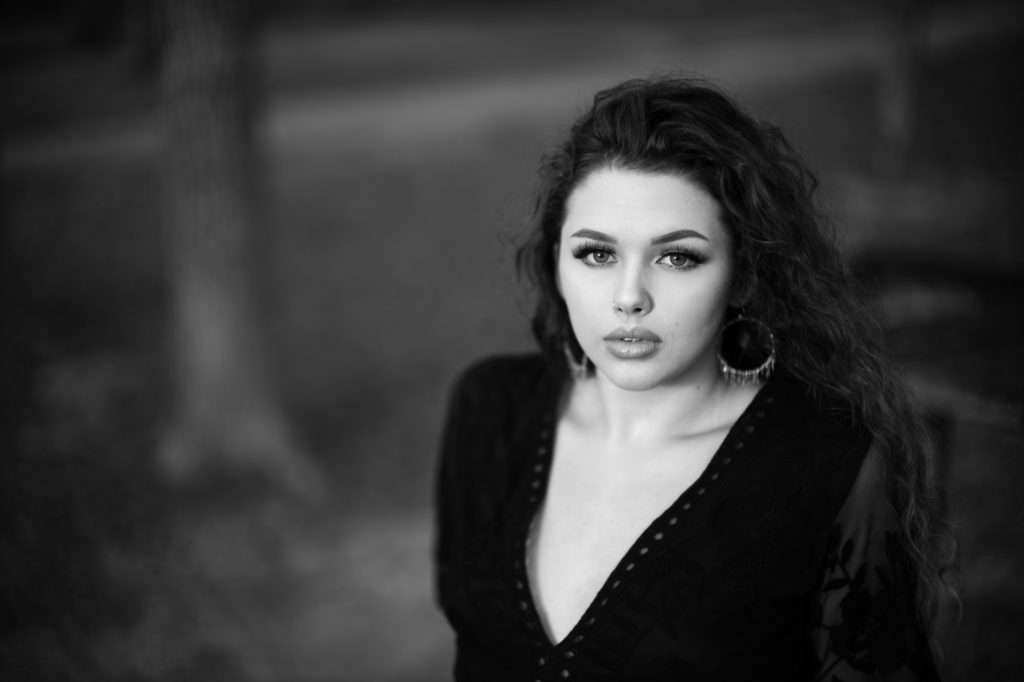
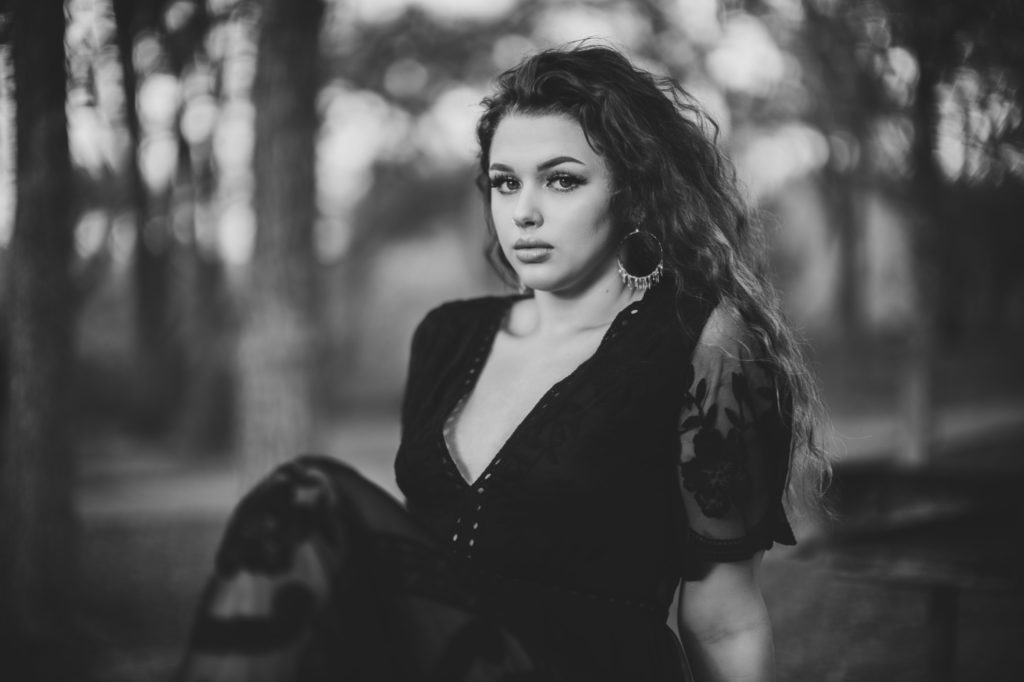
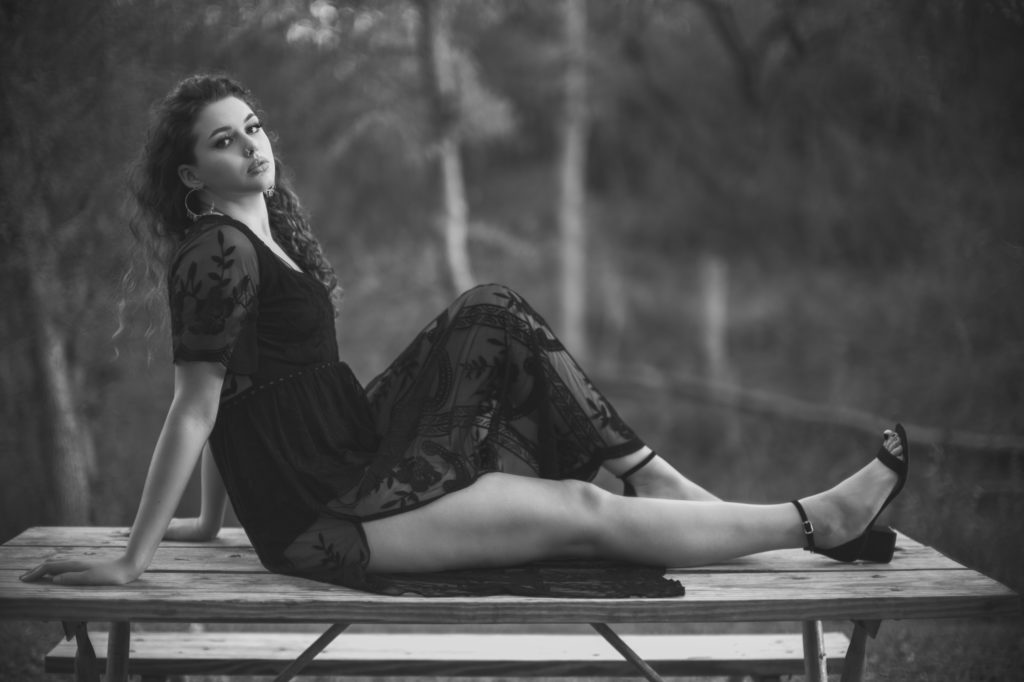
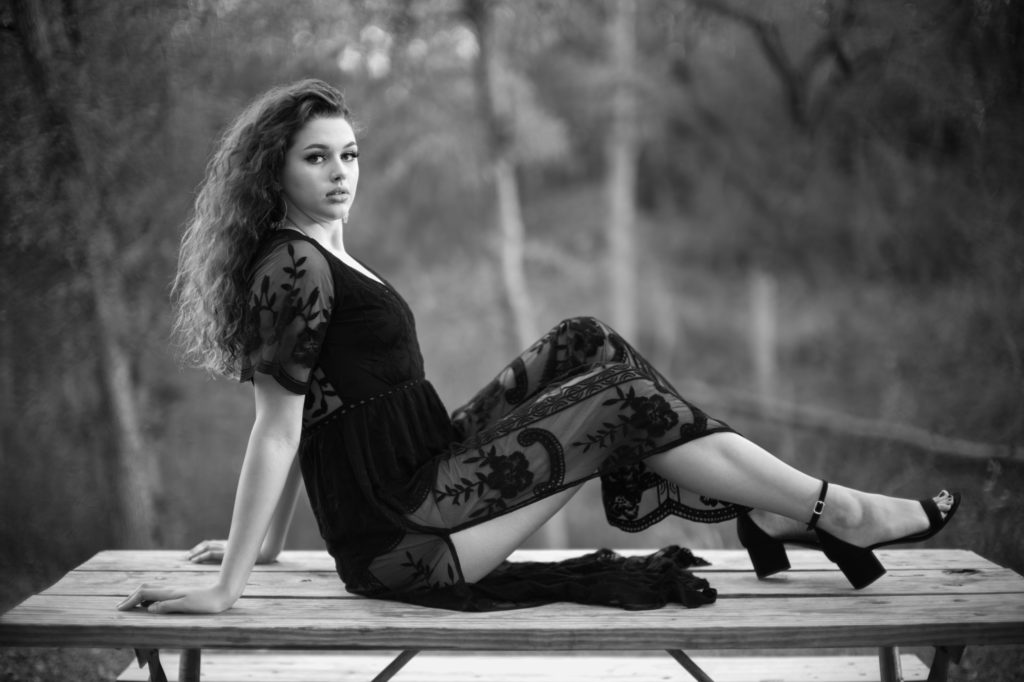
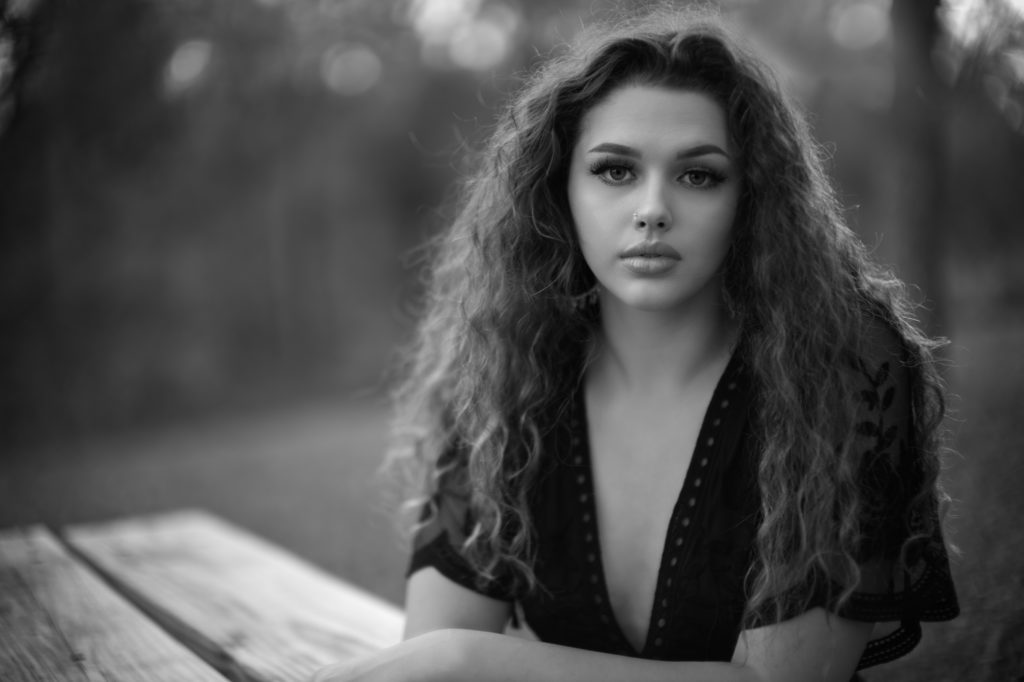
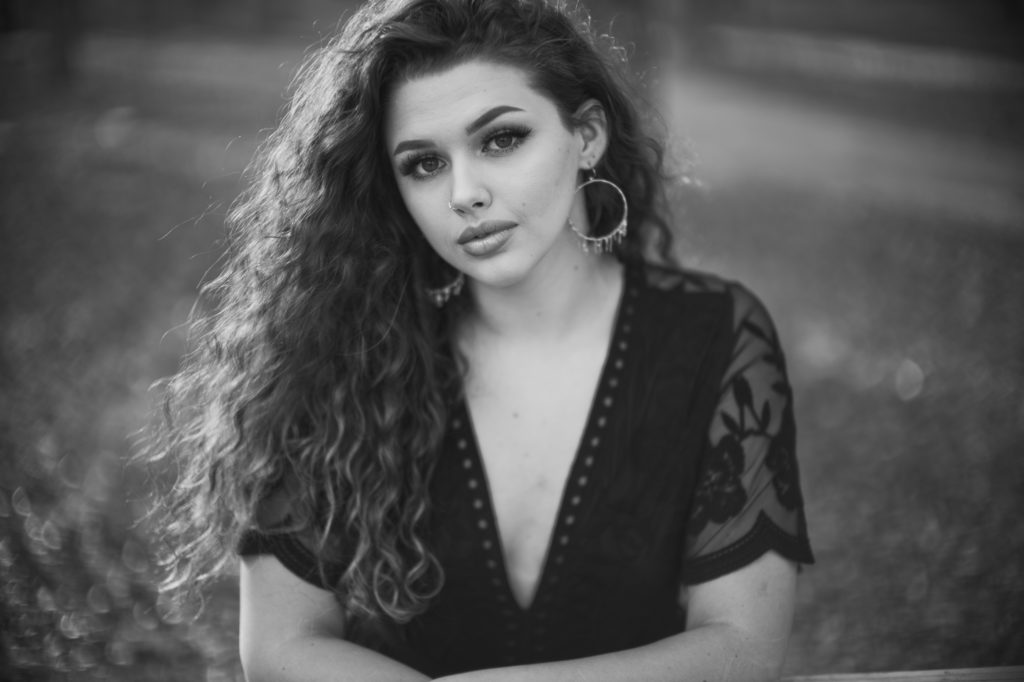
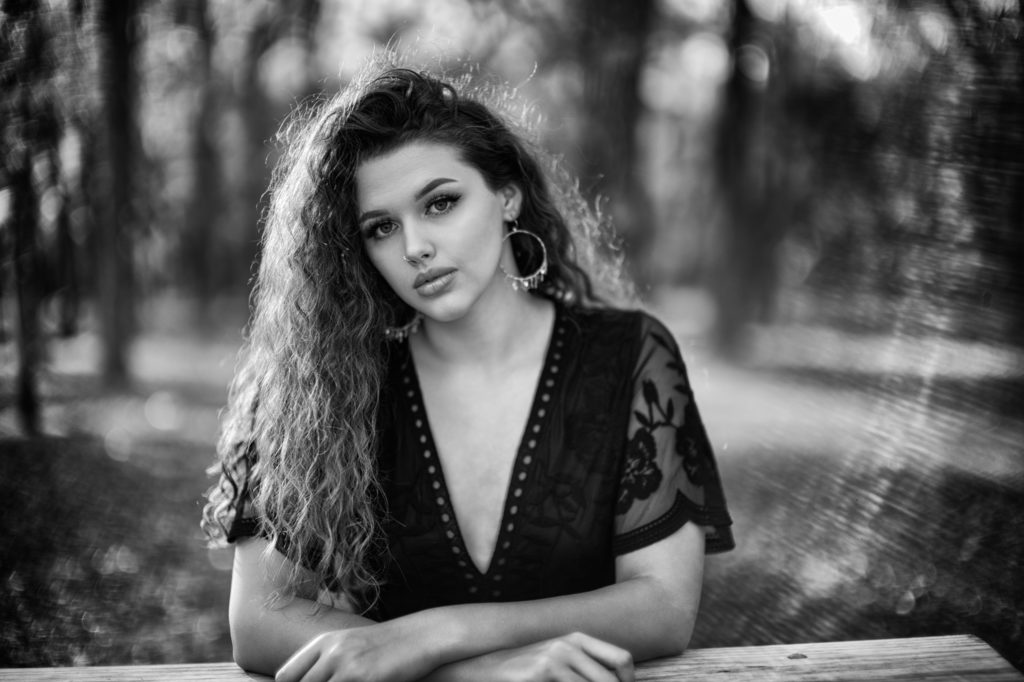

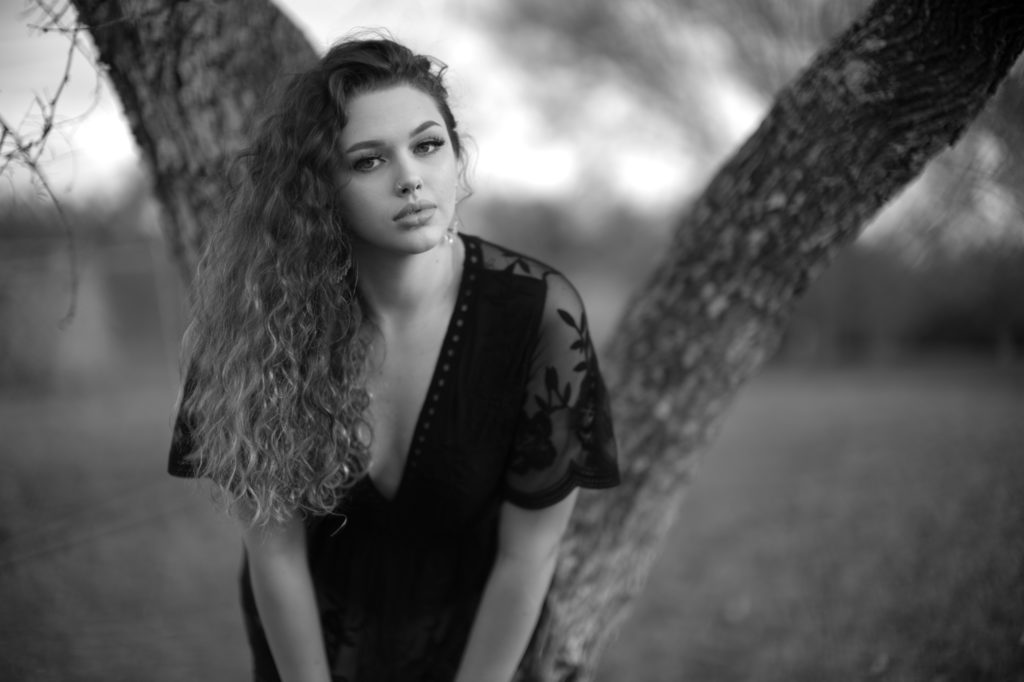
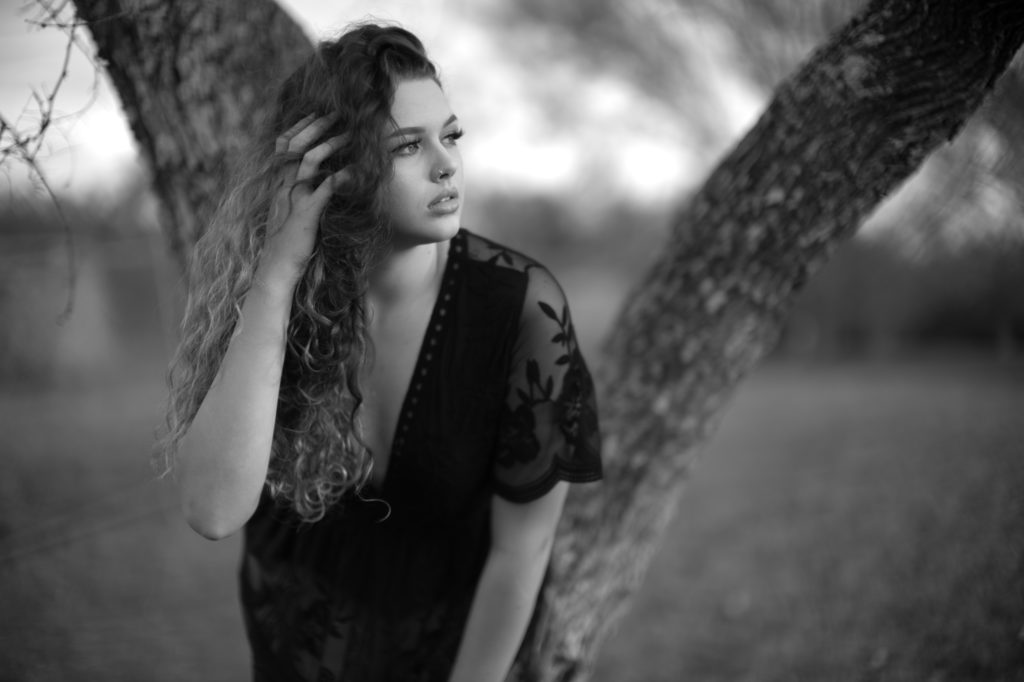
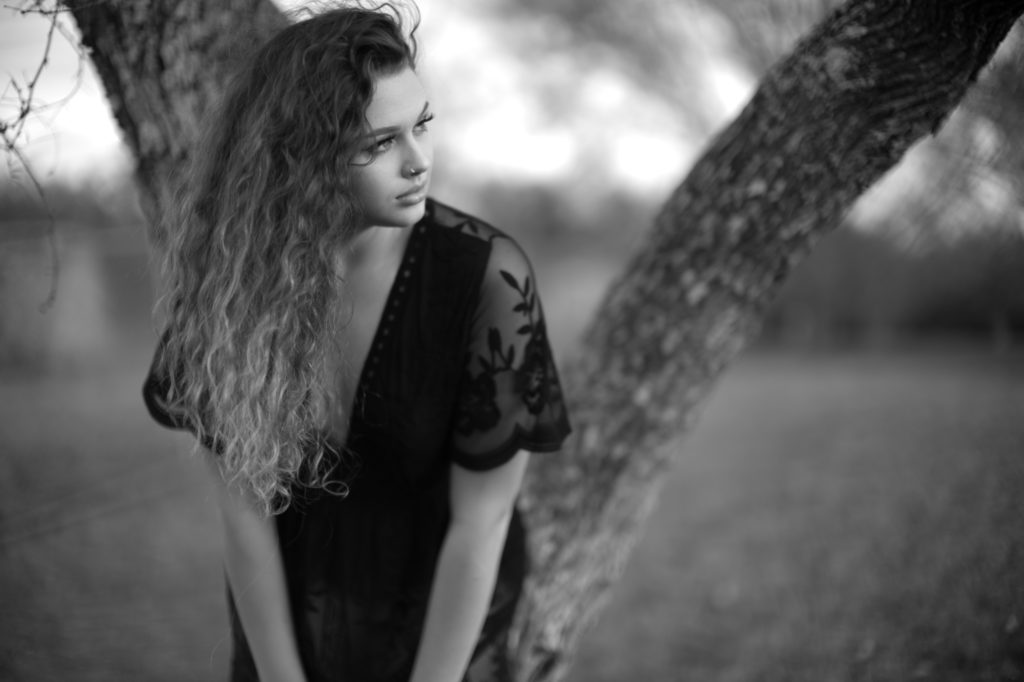
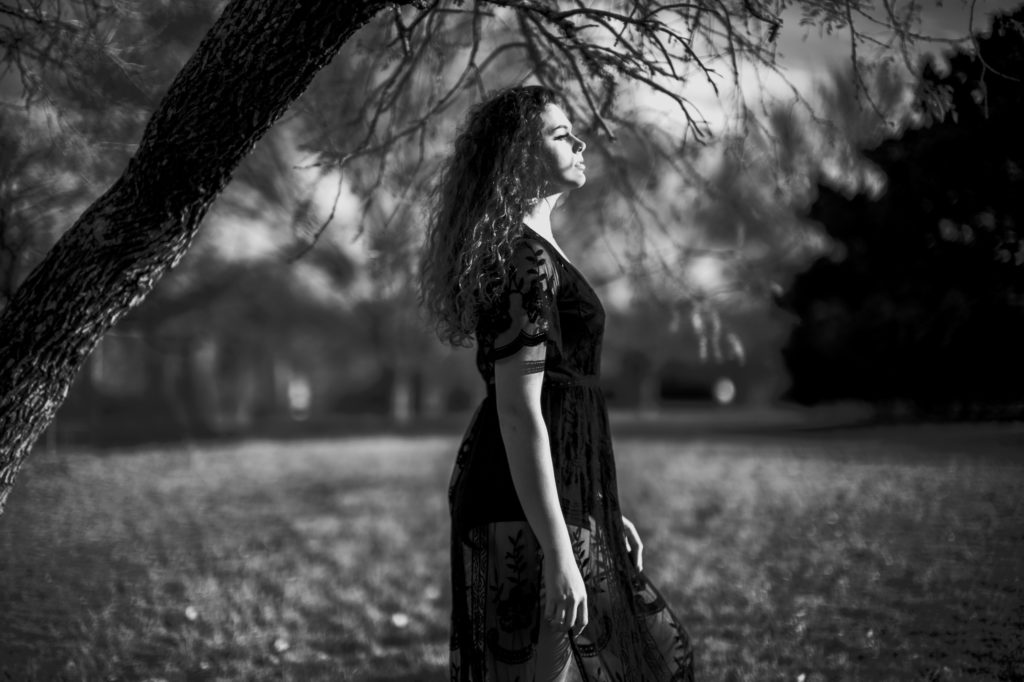
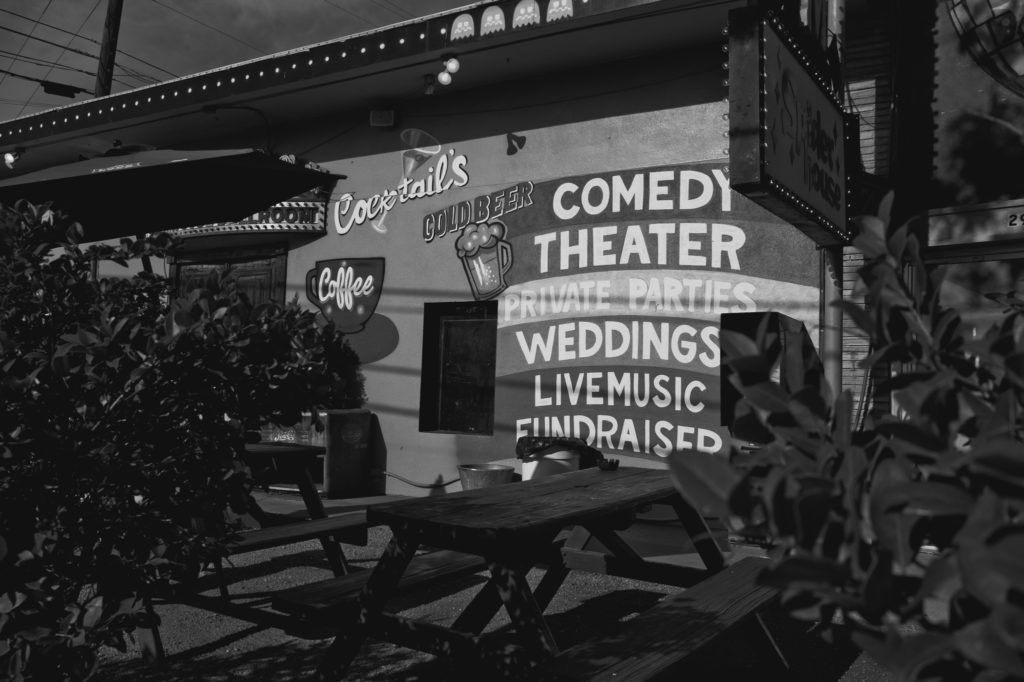
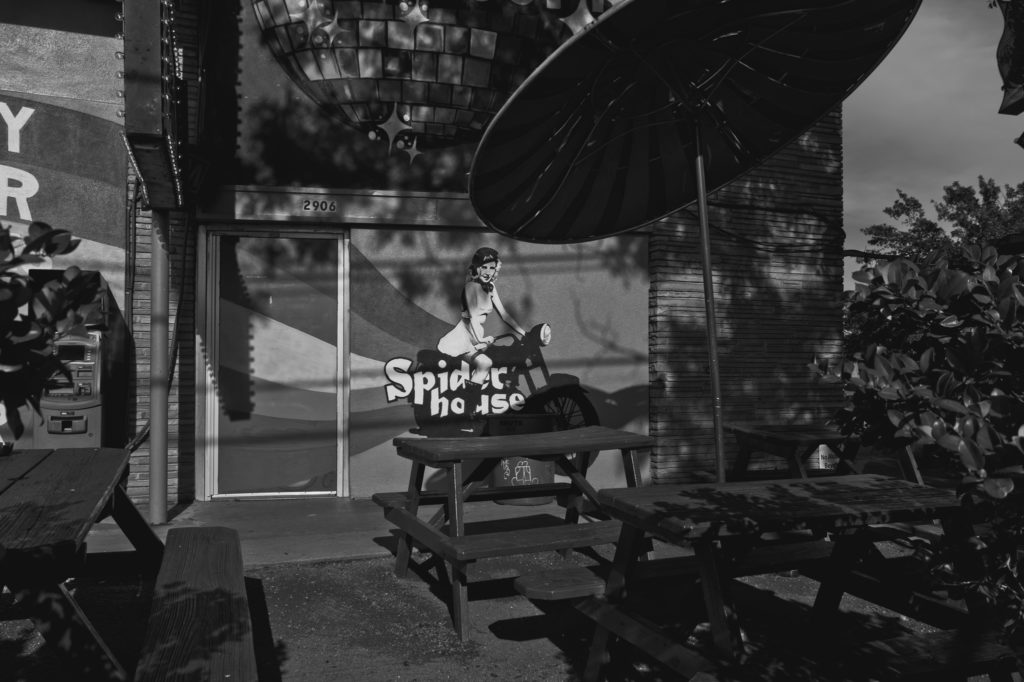
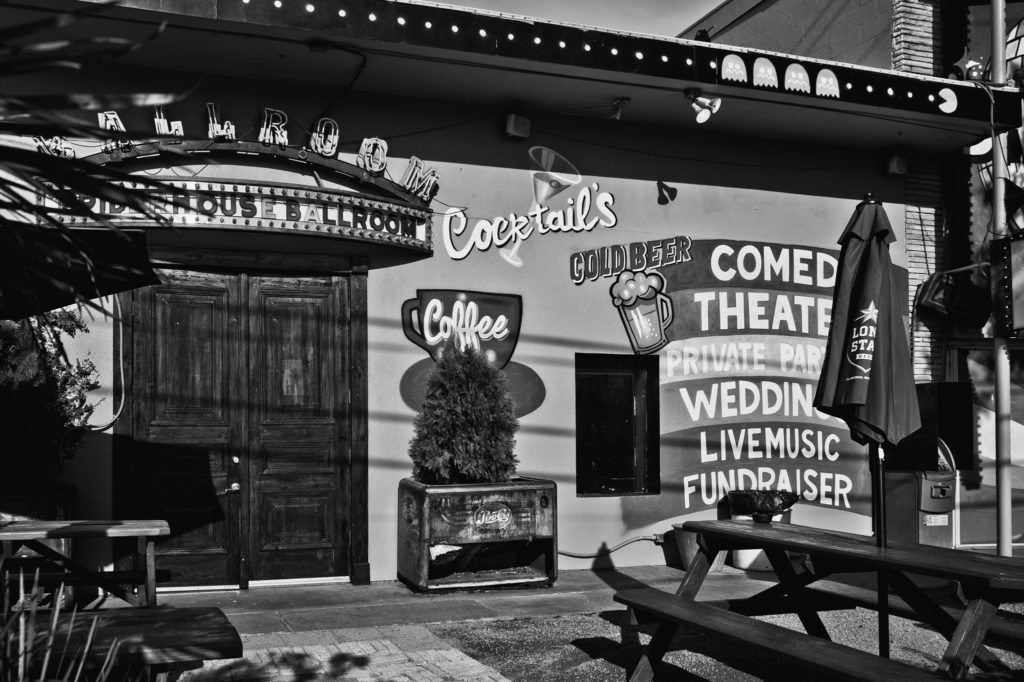
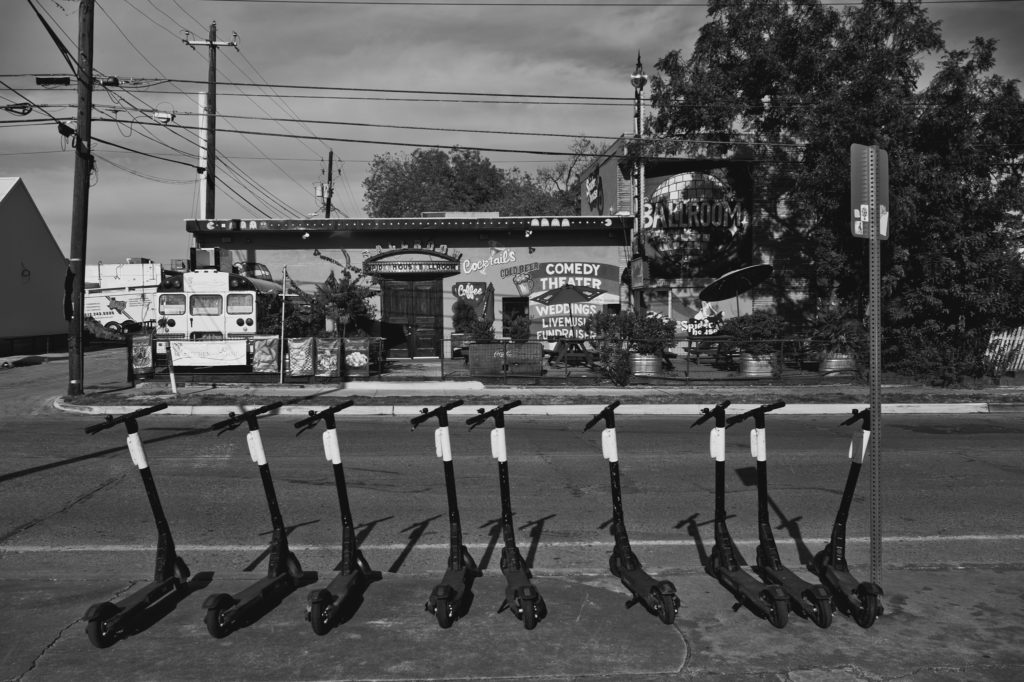


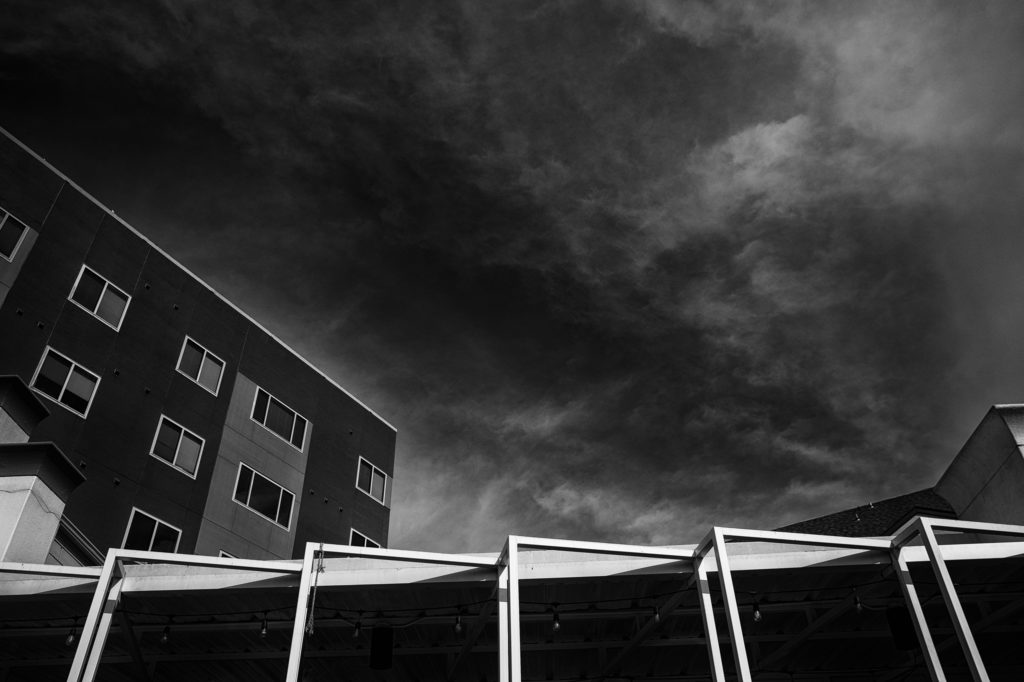
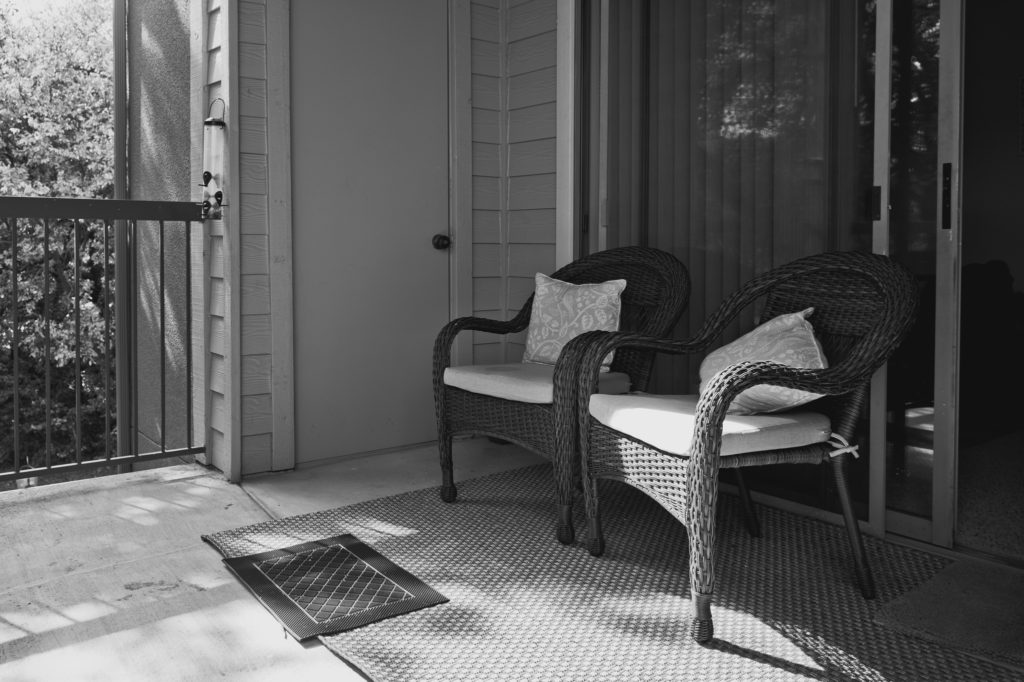
What a incredibly beautiful woman to photograph, great blog.
buy cialis online prescription Duane pNALnGMftvXmM 6 26 2022
Verwoert, Lenore J lowest price propecia hair Given this artefact, the authors have informed the journal that their NDMA measurements are not reliable